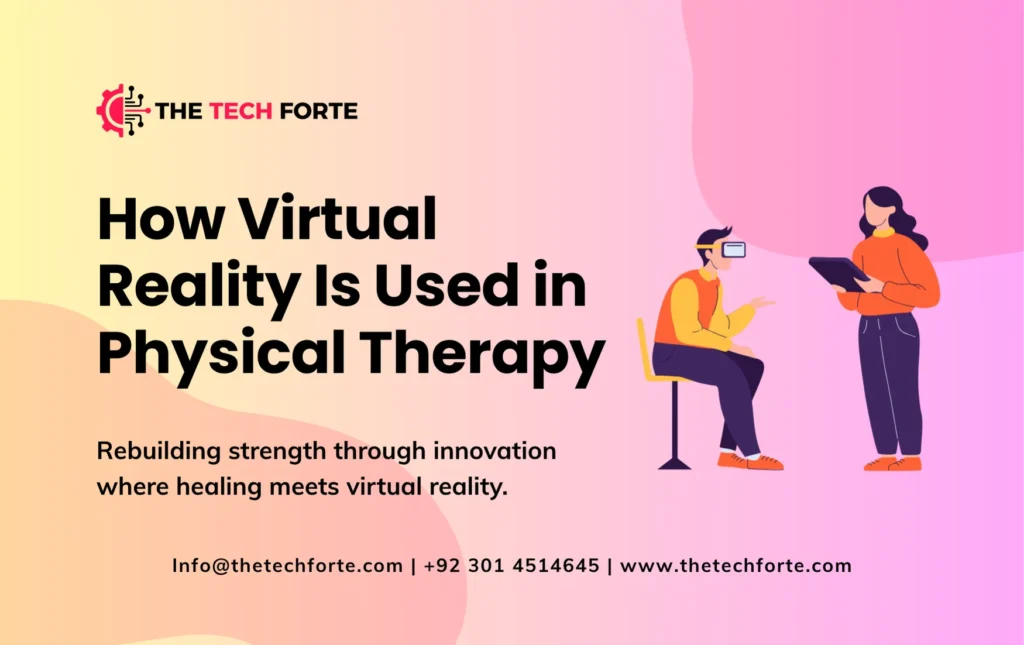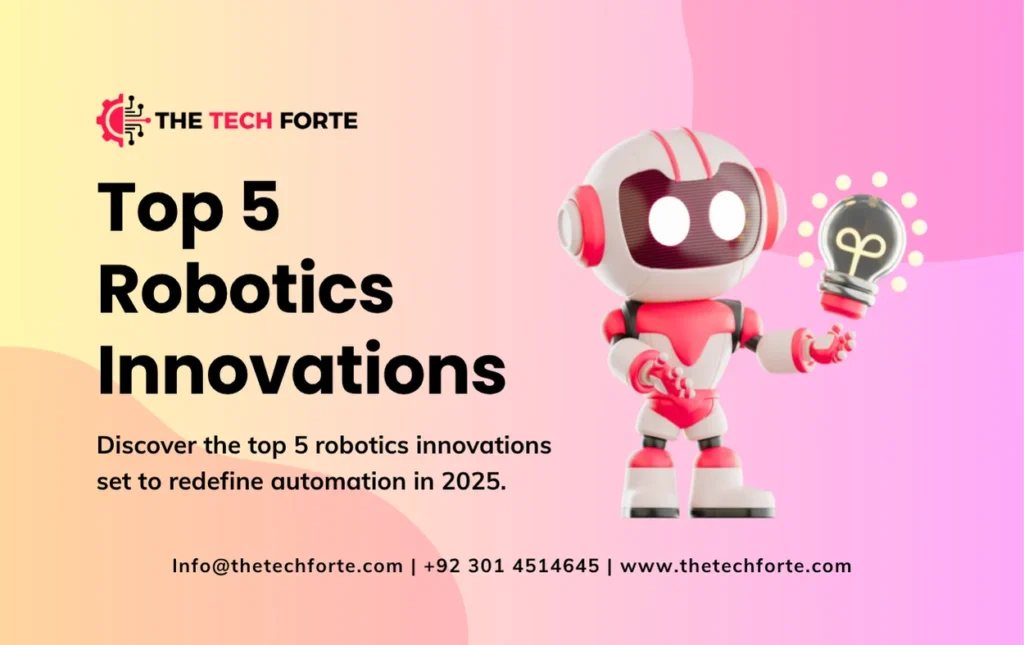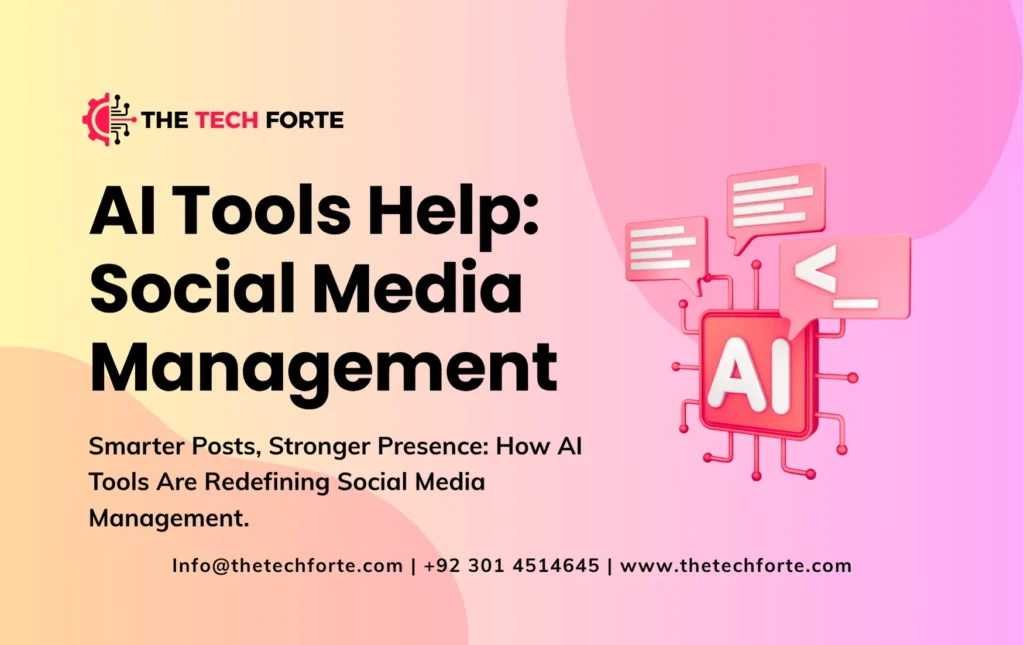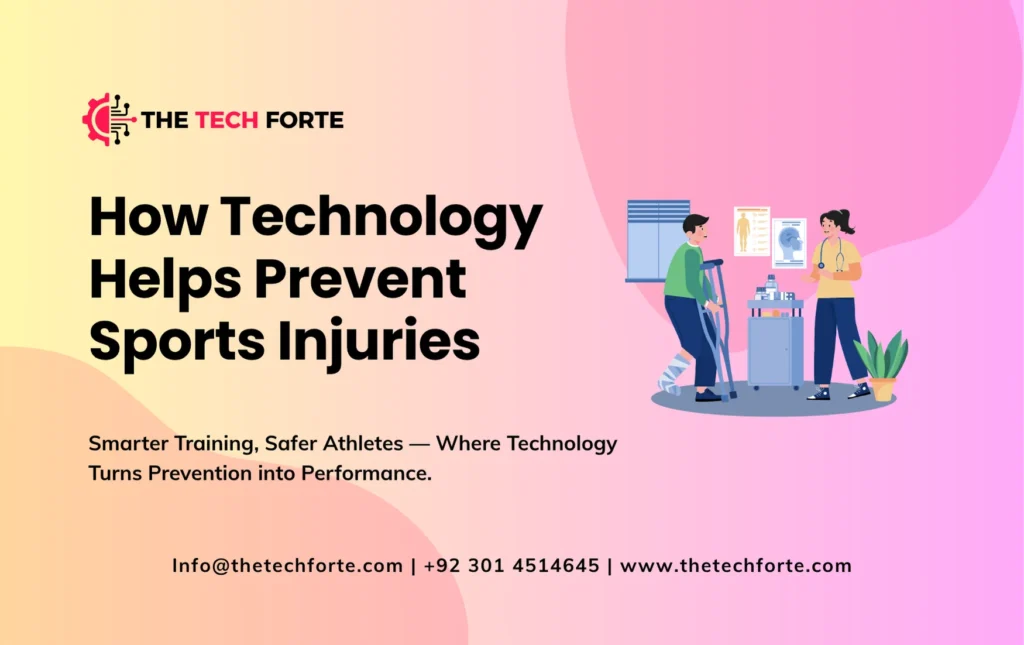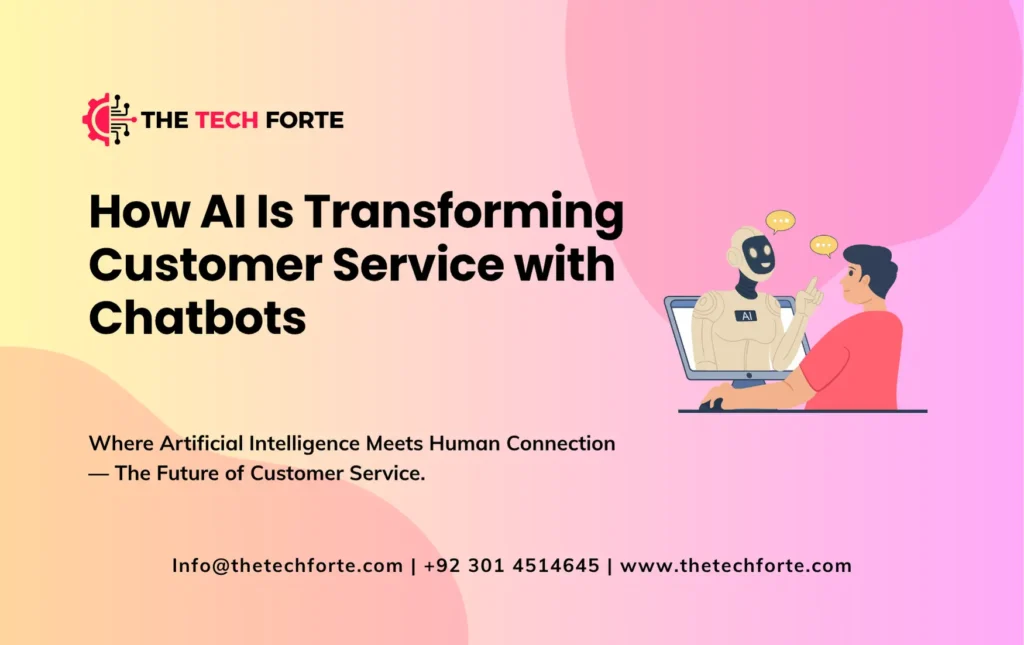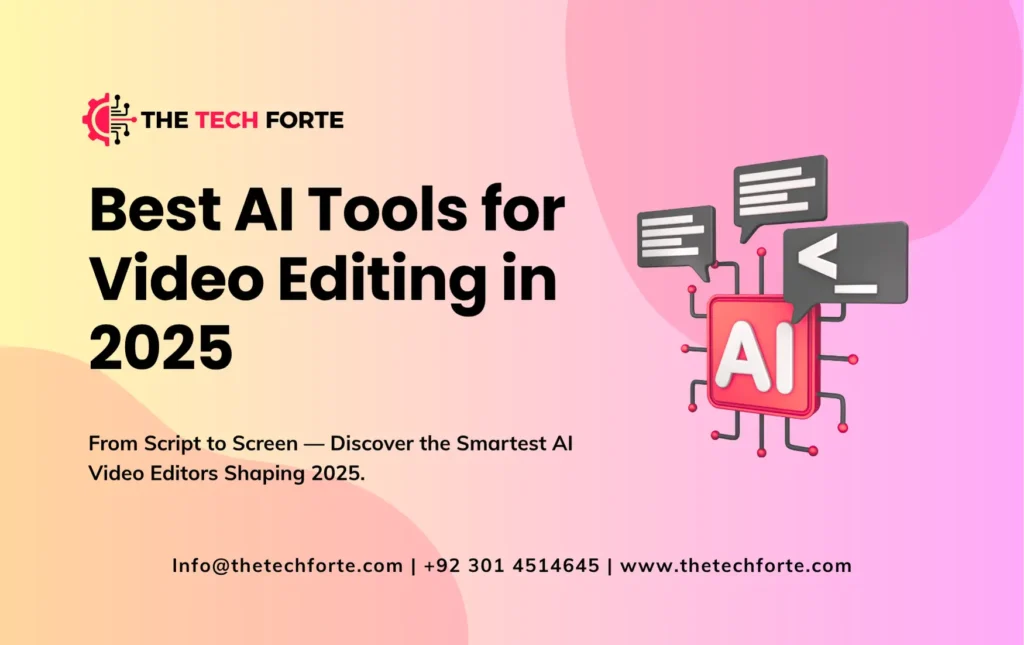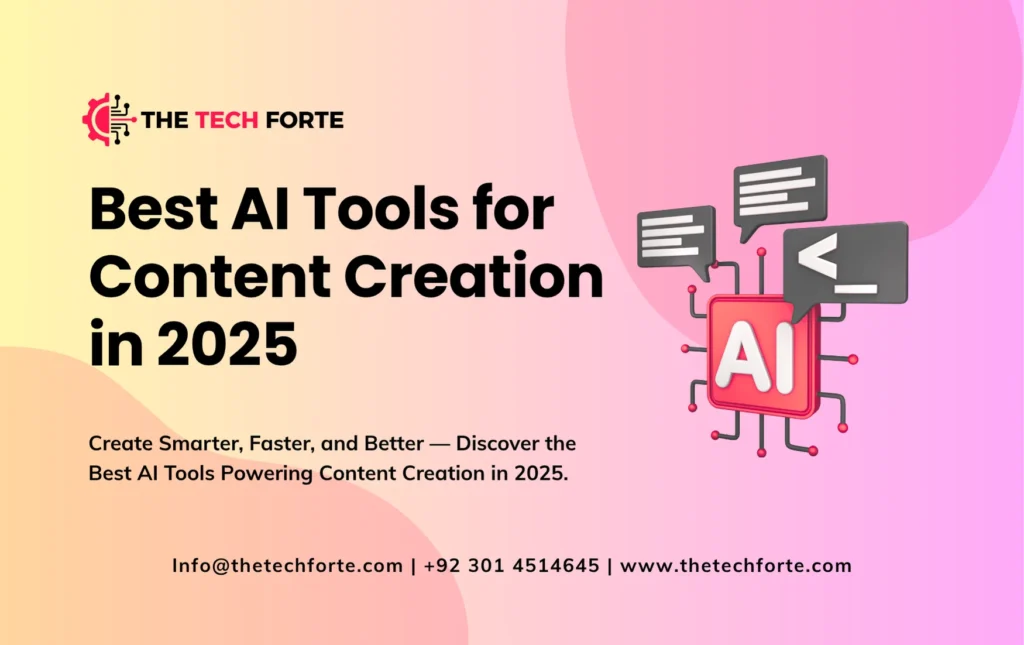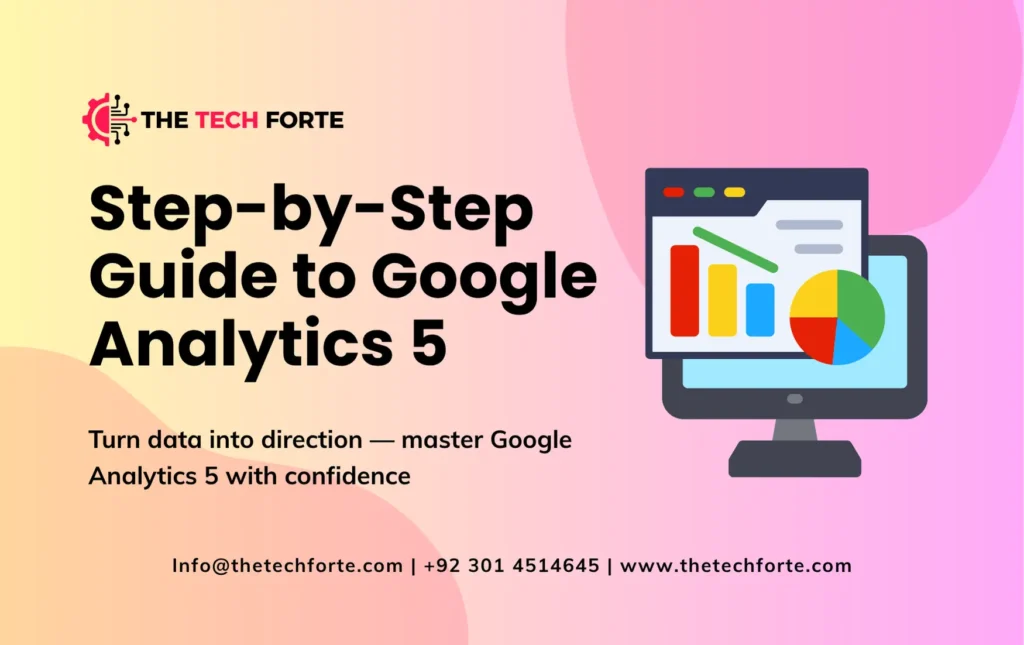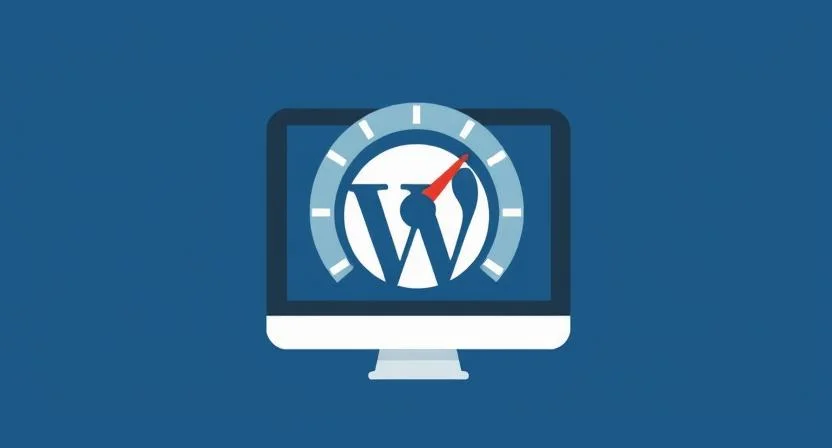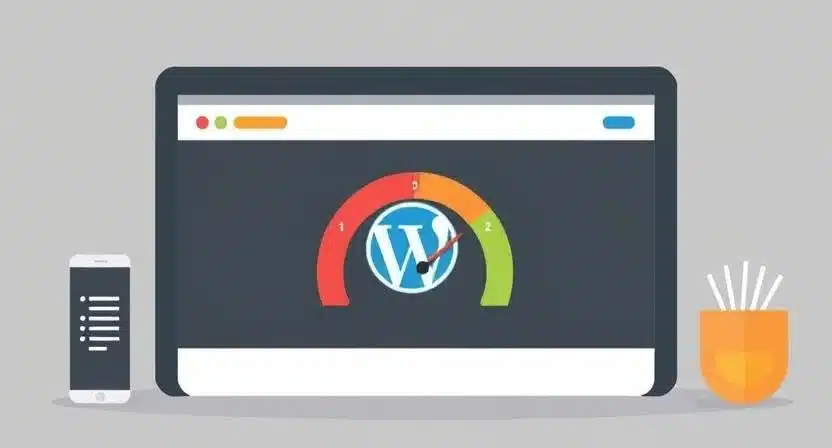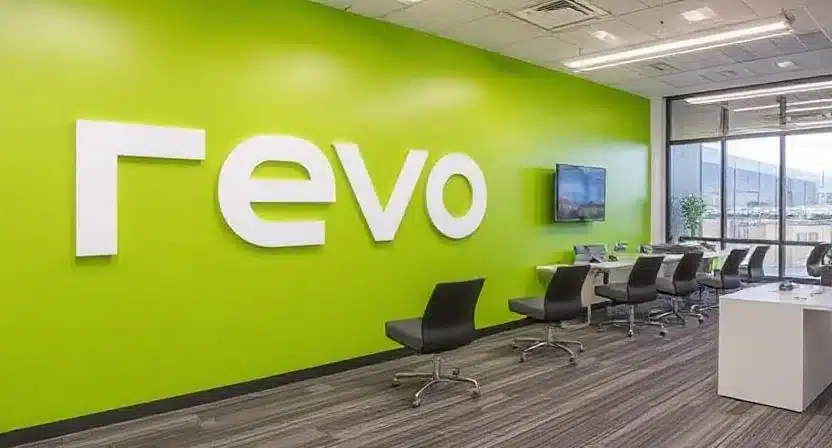AI Powered Productivity Tools You Should Try

Artificial intelligence has shifted from being a futuristic concept to an essential driver of business efficiency in the United States. From Silicon Valley startups to Fortune 500 corporations, AI-powered productivity tools are redefining how teams communicate, plan, and execute work. By automating repetitive tasks and analyzing complex data in seconds, these tools allow professionals to focus on creativity, decision-making, and strategy.
In 2025, AI isn’t just a luxury; it’s a necessity. The rapid evolution of generative AI, natural language processing (NLP), and predictive analytics has given rise to smarter applications that help U.S. businesses scale faster, reduce costs, and make better-informed decisions. Let’s explore the most transformative AI-powered productivity tools reshaping the American workplace and how you can leverage them for success.
Why AI-Powered Productivity Tools Matter More Than Ever
The modern workplace faces a familiar challenge: too much work and too little time. AI automation helps bridge that gap by streamlining workflows, minimizing manual effort, and providing data-backed insights.
According to McKinsey, companies that integrate AI-powered productivity tools experience up to a 40% improvement in operational efficiency and a 30% reduction in administrative overhead. Tools such as Google Workspace AI, Microsoft Copilot, and Notion AI have already proven that integrating machine learning can drastically enhance performance across departments.
AI productivity software also contributes to better decision-making, whether predicting sales trends, scheduling resources, or summarizing meetings. Businesses across industries, from healthcare to retail and finance, are using AI-powered product management tools and AI meeting assistants to save both time and money.
Top AI-Powered Meeting Assistant Tools to Improve Team Productivity
Meetings are crucial but often inefficient. That’s where AI-powered meeting assistant tools come in, automating note-taking, summarizing discussions, and highlighting action items instantly.
- Zoom AI Companion automatically transcribes meetings, identifies key points, and summarizes next steps, allowing U.S. teams to focus on strategy rather than documentation.
- Otter.ai integrates directly with Zoom and Google Meet, turning conversations into shareable notes in real-time.
- Fireflies.ai and Grain use advanced speech recognition to record, transcribe, and organize conversations for easy search and retrieval.
These tools have become staples in hybrid and remote offices across the U.S., reducing administrative burden and ensuring that no critical detail slips through the cracks. For distributed teams, they are among the best AI-powered productivity tools available in 2025.
AI-Powered Product Management Tools
Project and product management have evolved from manual tracking to intelligent automation. AI-driven platforms like ClickUp Brain, Asana Intelligence, and Monday.com AI Assistant are revolutionizing how American companies plan and deliver projects.
These AI-powered product management tools predict bottlenecks, suggest task prioritization, and even automate progress reporting. For example, ClickUp Brain uses contextual understanding to suggest next steps, while Asana’s Smart Summaries keep everyone aligned.
For startups, AI can reduce human error and ensure on-time delivery. For enterprise-level corporations like Ford or Google, these tools enable large-scale coordination and strategic planning, making them central to the new era of AI-powered productivity tools in the U.S.
AI-Powered Productivity Tools for Students
In education, the dark side of artificial intelligence, plagiarism, and over-dependence has been debated. Yet, when used responsibly, AI is empowering students across U.S. universities to learn smarter.
Platforms like GrammarlyGO, Notion AI, and Quizlet Q-Chat help students draft essays, summarize research papers, and prepare for exams faster. Jasper AI aids in generating original ideas, while ChatGPT’s educational integrations help personalize study plans.
AI tools assist with time management, note-taking, and resource organization, making academic workloads more manageable. However, institutions need to balance convenience with ethics, ensuring responsible AI adoption in higher education.
Recommended Read: Top Free AI Tools for Students in 2025
AI-Powered Insurance Productivity Tools
The insurance industry has seen a massive AI-driven transformation. AI-powered insurance productivity tools are enabling faster claim processing, risk assessment, and fraud detection.
Tools like Salesforce Einstein, DataRobot, and Lemonade’s proprietary AI Jim use predictive modeling to evaluate claims within seconds, saving both time and operational costs. U.S. insurers use these systems to enhance decision accuracy and customer satisfaction, while minimizing manual labor.
This adoption of AI-powered productivity tools represents a broader trend toward automation across financial services, where speed, accuracy, and compliance are key drivers of profitability.
When AI Productivity Tools Make Life Harder
Despite the benefits, there are challenges. Many businesses find that AI-powered productivity tools can make life harder when overused or poorly integrated.
Problems like data privacy breaches, biased algorithms, and over-automation can create more confusion than clarity. Employees sometimes feel disconnected from their work when AI handles too many cognitive tasks. Additionally, U.S. companies face regulatory scrutiny regarding data storage and ethical AI usage.
Therefore, while AI can streamline operations, it’s critical to maintain human oversight and clear operational policies to prevent over-reliance on automation.
AI-Powered Productivity Tools That Are Changing the Game in 2025
Let’s highlight some of the best AI-powered productivity tools making waves in the U.S. market this year:
| Category | Tool | Key Benefit |
|---|---|---|
| Communication | Slack GPT, Google Chat AI | Smart message summarization & contextual responses |
| Writing & Content | Jasper, Copy.ai, Writesonic | Fast, high-quality content generation |
| Project Management | ClickUp Brain, Asana Intelligence, Monday AI | Automated task organization & insights |
| Meetings | Otter.ai, Fireflies.ai, Zoom AI Companion | Transcriptions & summaries |
| Data & Analytics | Tableau GPT, Microsoft Power BI AI | Predictive trend analysis |
| Design & Creativity | Canva Magic Studio, Adobe Firefly | Instant design generation |
| Education | GrammarlyGO, Notion AI, Quizlet AI | Smarter learning support |
| Insurance & Finance | Salesforce Einstein, DataRobot | Automated decision-making & risk modeling |
Each of these tools leverages generative AI and automation to remove barriers, allowing individuals and organizations to accomplish more in less time.
The Benefits of AI Productivity in the U.S. Workplace
AI productivity tools don’t just save time; they create value. American companies report measurable benefits such as:
- Increased efficiency: AI automates 70–80% of repetitive tasks.
- Enhanced creativity: AI handles data, freeing teams to innovate.
- Improved accuracy: Predictive models reduce human error.
- Scalability: Businesses can manage larger workloads without hiring surges.
- Faster decisions: Real-time analytics aid strategic planning.
These outcomes reflect the growing trend toward digital-first workplaces where AI-powered productivity tools are standard practice, not optional upgrades.
How to Choose the Right AI Productivity Tool
Selecting the right tools depends on your team’s goals and challenges. Here’s how U.S. businesses can make smarter choices:
- Define your workflow gaps – Identify where time is being lost.
- Test integrations – Choose tools compatible with your existing tech stack.
- Evaluate data privacy compliance – Ensure alignment with U.S. and state regulations.
- Pilot before purchase – Start small to measure real ROI.
- Train your team – Adoption depends on understanding and comfort.
Companies that invest in proper onboarding and training typically see faster productivity gains and smoother transitions.
The Future of AI-Powered Productivity in the U.S.
By 2030, the AI productivity market in the U.S. is projected to exceed $60 billion, driven by the integration of large language models (LLMs) into every major software suite.
We’ll see deeper personalization, where AI anticipates a user’s workflow and automates tasks before they’re even requested. From AI-driven HR assistants to creative directors powered by machine learning, productivity will become more adaptive, intelligent, and personalized.
The next frontier will be ethical AI, where transparency, data protection, and fairness guide product development. For U.S. companies, balancing automation and accountability will be the key to sustainable innovation.
Suggested Read: VIP Tools for TikTokers and YouTubers: Boost Views, Followers & Engagement
FAQs: AI-Powered Productivity Tools
What are AI-powered productivity tools?
They are software applications that use artificial intelligence to automate repetitive tasks, analyze data, and improve workflow efficiency across industries.
Which AI-powered tools are best for business productivity?
Top U.S. picks include ClickUp Brain, Zoom AI Companion, Jasper, Otter.ai, Asana Intelligence, and Canva Magic Studio.
Can AI tools replace employees?
No. They enhance efficiency but require human oversight for creativity, judgment, and ethics.
Are AI tools safe for businesses in the U.S.?
Yes—most leading platforms comply with American data protection standards, though businesses should always review privacy policies.
What’s the future of AI productivity tools?
By 2030, nearly every enterprise software will integrate generative AI capabilities, creating a fully automated, personalized work environment.
Conclusion: Empowering the Future of Work
AI is not replacing human intelligence; it’s amplifying it. The best AI-powered productivity tools in 2025 aren’t just improving efficiency; they’re redefining what’s possible for individuals, teams, and enterprises.
From AI-powered meeting assistant tools that cut down wasted hours to AI product management platforms that streamline delivery pipelines, these innovations mark a new era in business efficiency. As American industries embrace AI, success will belong to those who learn to collaborate with technology, leveraging automation while maintaining the human spark that drives innovation.























